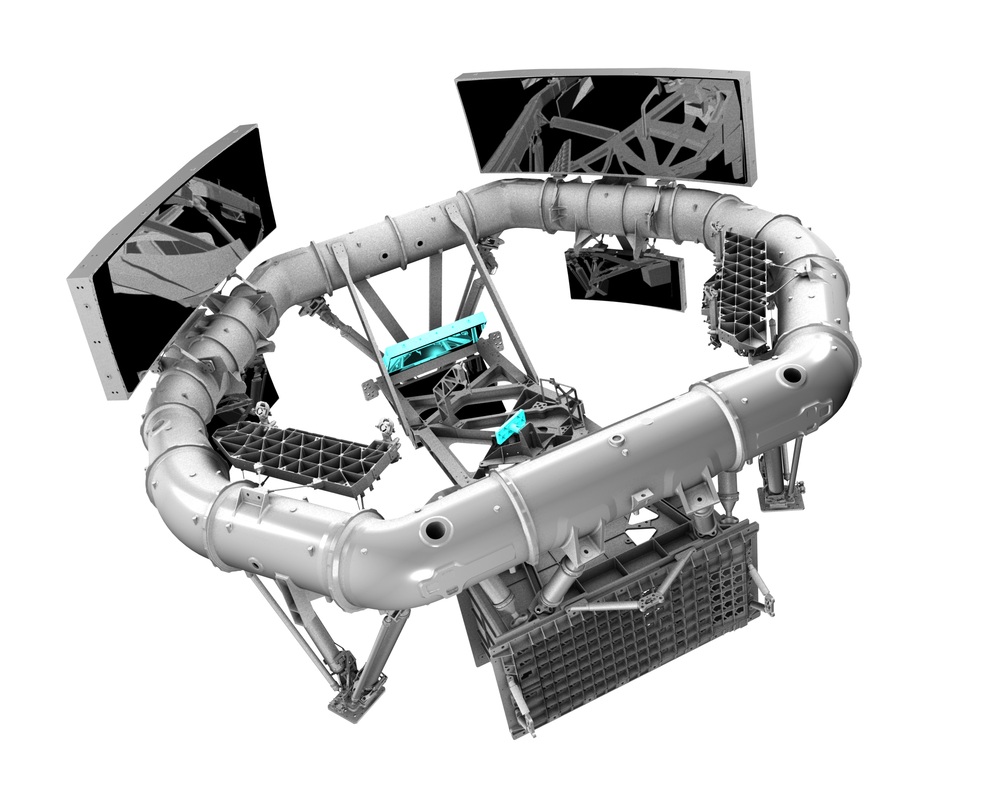This excellent, thorough and well-sourced answer to Has a gravitational microlensing event ever been predicted? If so, has it been observed? mentions several works where hundreds to thousands of events are predicted.
Roughly speaking these are within the next 50 years and require space telescopes due to the sub mas and sub mmag sizes of the astrometric and photometric microlensing effects, respectively.
The answer begins:
In the pre-Gaia era, this was effectively impossible to do, since positions and proper motions weren't precise enough for a large enough sample of stars. With the release of Gaia data, though, it has become an active area of research.
Next generation GAIA?
A simple scaling-up by a factor $f$ would have a possible smaller resolution by $f^{-1}$ so "look" a factor of $f$ farther in parallax measurements and have an $f^2$ larger light collection so would "see" a factor of $f$ farther given the same limiting magnitude (which may or may not be a valid assumption).
This is certainly a challenge for the CCD array, which may have to be a factor $f^2$ larger physically but (presumably, naively) have a factor of $f^4$ more pixels in order to fully exploit the improved diffraction limit, and that may have serious noise side-effects.
Question: Could a next generation GAIA simply be scaled up by a factor of 3x or 5x of the same beautiful system of two rectangular primary mirrors pointing 106.5 apart, imaging on the same focal plane at the same time on a big silicon carbide "optical bench" slowly and steadily rotating in synch with the CCD readout speed? If not, what would "the next GAIA"-like instrument be like?
Further reading:
- Why does the Gaia space telescope have two main mirrors
- Why does Gaia use only calcium NIR lines for stellar radial velocity measurements?
- this answer to Why are telescope mirrors made of glass?
- this answer to How are space telescopes stabilised to a perfect standstill?
above: GAIA's Silicon Carbide Optical Bench, with the two objective mirrors of it's twin telescopes pointing 106.5° apart. From Spaceflight 101, image credit: ESA/Astrium.
above x2: GAIA's CCD array, from Spaceflight 101, image credit: ESA and Astrium respectively.
above: Gaia's Imaging system, including mirrors 4, 5 and 6, prisms, diffraction gratings, and CCD array, from here, credit: EADS Astrium.



